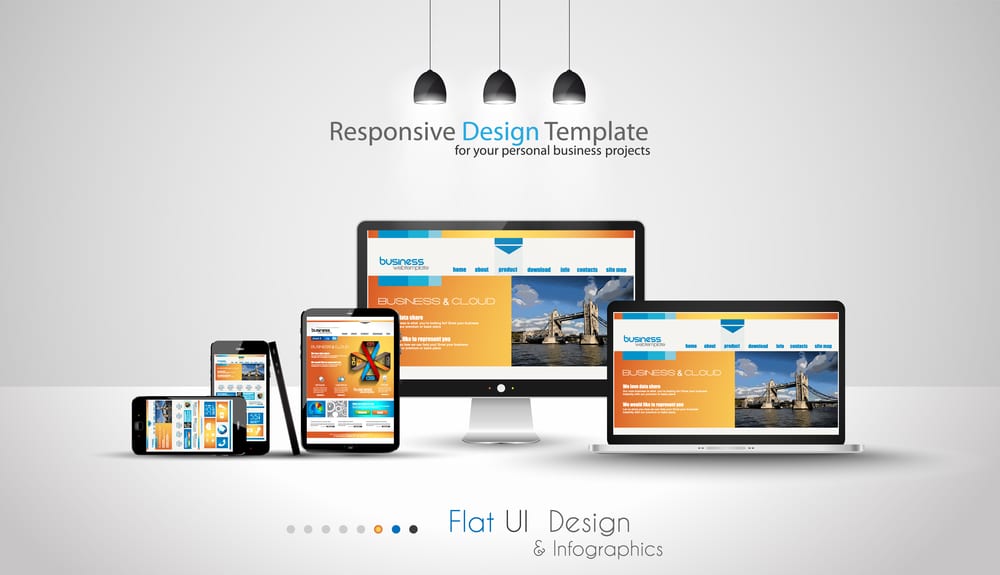Pulse of Information
Your source for the latest insights and updates.
Responsive Web Design: Where Pixels Meet Dreams
Discover the magic of responsive web design where pixels transform into dreams! Unlock the secrets to stunning, adaptable websites today!
The Fundamentals of Responsive Web Design: Crafting User Experiences Across Devices
Responsive web design is an essential approach to web development that ensures a website looks and functions well across a variety of devices, including desktops, tablets, and smartphones. By utilizing fluid grids, flexible images, and media queries, developers can create a seamless user experience that adapts to the screen size and resolution. This technique not only enhances usability but also boosts SEO performance, as search engines prioritize mobile-friendly sites in their rankings. The essence of responsive design is to make sure that content is easily accessible and enjoyable to interact with, regardless of the device being used.
One of the key principles of responsive web design is the concept of a mobile-first approach. By designing for smaller screens first, designers are encouraged to prioritize content and functionality, ensuring that essential information is always at the forefront. As a result, when scaling up to larger screens, the design can expand without compromising the user experience. Incorporating responsive design not only enhances user engagement but also improves the overall site performance, making it a critical aspect for businesses aiming to reach a wider audience in today’s digital landscape.

Top 10 Best Practices for Effective Responsive Web Design
Responsive web design is crucial for creating a seamless user experience across various devices. Implementing best practices ensures that your website adapts gracefully to different screen sizes and resolutions. Here are the top 10 best practices to consider:
- Use a fluid grid layout to allow elements to resize proportionally.
- Prioritize mobile-first design to enhance performance on smaller screens.
- Implement media queries to apply different styles based on device characteristics.
- Optimize images and graphics to reduce loading times.
- Utilize flexible images that resize according to the grid.
- Make navigation simple and accessible, prioritizing touch-friendly elements.
- Test your design on multiple devices to ensure functionality.
- Consider using a responsive typography approach to enhance readability.
- Implement lazy loading for images to improve loading speed.
- Utilize tools and frameworks to simplify responsive development processes.
By adhering to these best practices, you can significantly enhance the effectiveness of your responsive web design. Remember, a well-structured and visually appealing layout can lead to better user engagement and lower bounce rates. Always keep the user's needs in mind and design with adaptability at the forefront. In conclusion, prioritizing responsive design is not just a trend; it's a necessity in today’s multipurpose and mobile-centric world.
How Does Responsive Web Design Impact SEO and User Engagement?
Responsive web design plays a critical role in enhancing SEO performance by ensuring that a website is accessible and functional across various devices, such as smartphones, tablets, and desktops. Search engines like Google prioritize mobile-friendly sites in their rankings, which means that a site optimized for multiple screen sizes is more likely to appear higher in search results. With over half of global web traffic coming from mobile devices, not adopting a responsive design can lead to a significant loss in organic traffic, negatively impacting your site's visibility and reach.
Furthermore, user engagement is significantly influenced by responsive web design. When users find a website that adapts seamlessly to their device, they are more likely to stay longer and interact with the content. A responsive design reduces bounce rates, as visitors can easily navigate and consume information without frustration. The result is a better user experience, which can lead to higher conversion rates and increased customer loyalty, ultimately benefiting your website's overall performance, both in terms of SEO and user retention.